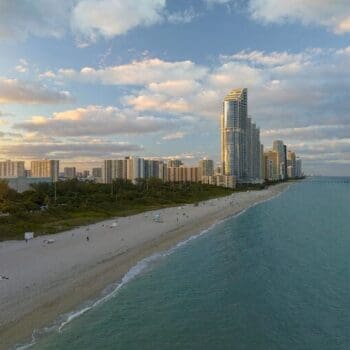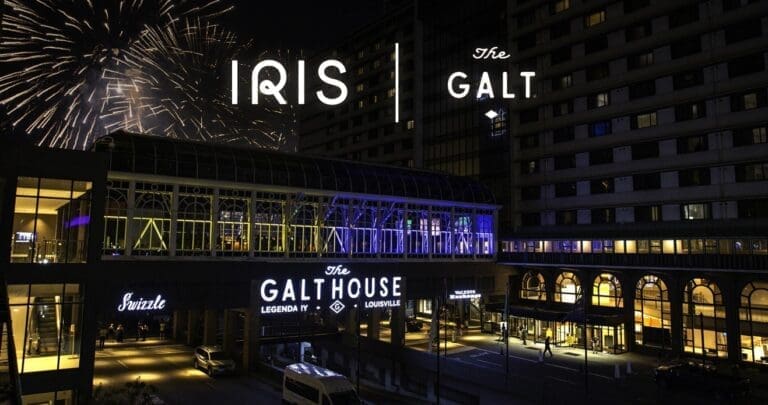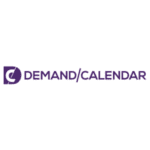 Revenue management may be one of the most misunderstood elements of hotel revenue. Real revenue management is a systematic approach to profitability.
Revenue management may be one of the most misunderstood elements of hotel revenue. Real revenue management is a systematic approach to profitability.
Yet, many hoteliers and property owners think it solely relates to room discounts. Nothing could be further from the truth. Revenue management is a structured approach that addresses the hotel’s year-round reputation and online visibility to maximize revenue during peak demand periods.
It doesn’t work if you raise your rates during high season but don’t have the online visibility for customers to find your property easily. Sure, you may get some rooms booked at higher rates. Maybe you’re even at full capacity. But, with a year-round, professional revenue management approach, you could have booked those rooms at double or triple the rates.
Like diet and exercise, the more disciplined you are, the more rewards you reap. Consider some common hotel pricing errors.
6 pricing errors hoteliers often make (that affect your year-end profitability)
There’s a popular idea that revenue management is the same as discount pricing when that’s not the case. That thinking leads to pricing errors. Imagine a scenario where a hotelier has a low ADR (average daily rate) even though they’re fully booked in times of high demand. Then, in the low season, the property has many empty rooms.
This creates a revenue problem.
However, rectifying that problem starts earlier in the year. First, consider these typical pricing errors.
1. Restrictions
These might make sense at first glance. For example, minimum stays, rigid cancellation policies, non-refundable rates, and blocked rooms can turn away potential customers. You have reasons for establishing such restrictions but without the right information, you don’t know if you’re doing more harm than good.
2. Incorrect data
Data is the golden rule in revenue management. Before you can make pricing decisions, your revenue manager will ask, “What does the data say?” However, if you don’t have a way or aren’t willing to consistently collect and review the data, you’re making decisions wearing a blindfold.
3. Inflexible room policies
At times, a hotel manager may decide to assign rigid room policies that impact profitability. Professional revenue managers recognize that flexible room assignments are necessary to maximise profitability. You exchange rooms as necessary across your PMS to prevent holes in your reservations calendar. For instance, instead of having room types that are only available for one night, you can open them up to multi-night stays and have the chance to move them in your calendar. That way, you can take advantage of online visibility.
4. Not evaluating sales channels well
Revenue managers review the data to know which sales channels bring the biggest payoff. There’s no point in spending time on those that don’t produce many bookings and take high commissions. How often do you review your sales channel’s performances?
5. Outdated contracts
Likewise, how often do you review your contracts? In some cases, you might find your property has contracts with tour operators that no longer make sense. Maybe the negotiated rates are too high in the low season and too low in the high season.
6. Missing brand reputation
Your property’s reputation is critical in how visible your property is online and how much guests will pay. If you ignore online reviews and comments, then potential customers may think you don’t care and they’ll choose another hotel.
Revenue managers recognize a great brand reputation contributes to YoY profitability.
As you see, revenue management is about more than discounts during the low season, you may wonder what to expect from a professional revenue manager.
The Revenue Manager’s role
Analyzing relevant data consistently is at the heart of revenue management. The role has less to do with raising and lowering prices and more to do with understanding the impact of past decisions on the property’s profitability.
Data leaves clues. Your revenue manager can interpret these clues to understand when and how to increase occupancy and turnover according to demand. They can segment occupancy and ADR by dynamic pricing channels. By reviewing the OTAs, direct bookings, walk-ins, and phone calls, they can spot patterns. Add the static channels such as weddings, groups, tour operators, etc. and they understand what brings in the most revenue by season, room type, and other variables.
These patterns are clues to profitability. Recent positive reviews are one indicator of profitability in every property. So if your most recent reviews were from six months ago, your revenue manager will work to get new reviews that increase online visibility and brand reputation.
Revenue managers also assess the entire sales and pricing process to find areas that underperform and how to improve them. They may reconstruct the room types by broadening their appeal or simplifying them according to the types of visitors you have each season. They’ll also focus on elevating the brand reputation.
Every property has occupancy trends and some sales channels that perform better than others. Other factors like weather and lead time, can affect bookings. However, the revenue manager will study the data daily to understand the trends.
Then, they can make informed recommendations regarding pricing. They’ll ask questions such as do you lower, stop, or raise the rate for a certain date? And if so, by how much? In some cases, the data recommends raising the price in small increments such as 10 euros. Other times, the rate increases maybe as much as 50 or 100 euros. Without understanding the past data, you can’t make an educated decision.
Yes, some 3 and 4-star hotels price rooms at low rates such as 59, 69, or 79 euros in low season. However, with a steady revenue management approach, those low rates can increase 10x or more in high season.
True revenue management is much deeper than low rates. Check this customized performance report for more practical examples.





















